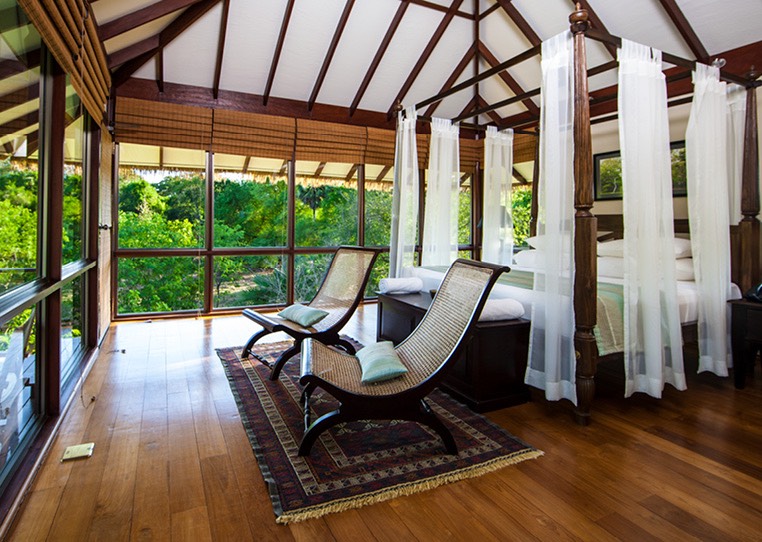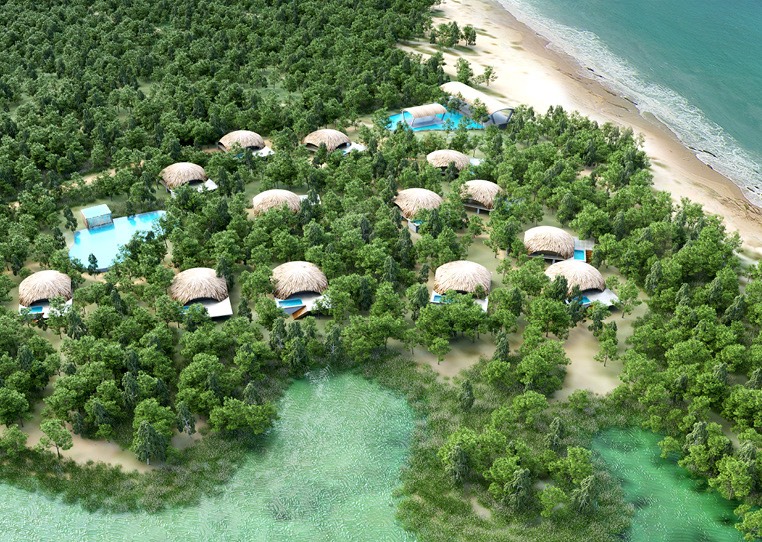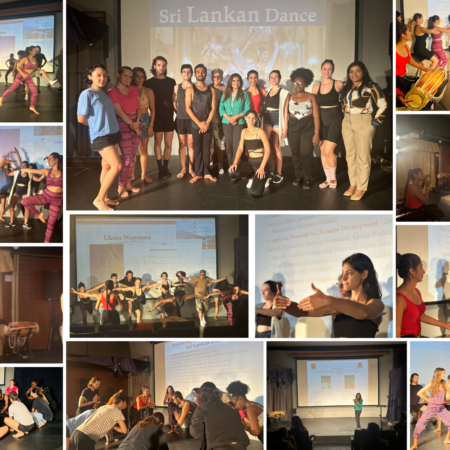By Eric Rosen
Formerly a no-man’s land due to a decades-long civil war, Sri Lanka has been at peace since 2009 and is fast becoming a top spot on every jetsetter’s must-hit list. The island nation boasts everything from world-class beaches to ancient ruins, lush colonial tea plantations to national parks teeming with wildlife. Plus, thanks to its compact size, 10 days to two weeks is all you need to explore this fascinating destination.

Getting there is faster and easier than ever thanks to connections from the capital, Colombo, not only to other Asian cities such as Hong Kong, Singapore and Beijing, but also through the three Middle Eastern hubs of Dubai, Abu Dhabi and Doha.

Many visitors skip Colombo altogether, but I’d suggest setting aside at least a day or two there to unwind from the journey. Book a stay at the recently renovated 150-year-old Galle Face Hotel, Colombo’s luxurious grande dame. The stately hotel is one of the oldest east of the Suez Canal, and afternoon tea here is practically an institution. Served out on a colonnaded veranda (with a bagpiper who plays for the flag-lowering at sunset), this multi-course affair is a crash course in the country’s finest teas served with dainty, delectable pastries.
For a dose of history, take the four-hour drive north to the so-called Cultural Triangle. On the way, stop in the former royal capital of Kandy to see the palace and the Temple of the Tooth, which houses a relic containing one of the Buddha’s teeth.

One of the Sri Lanka’s most spectacular archaeological sites, Sigiriya was a mountaintop fort and pleasure palace that dates to the fourth century. The views alone (not to mention the erotic frescoes) are worth a hike up to the top. Nearby, Anuradhapura is a sprawling complex of ancient palaces and monasteries whose major stupas rival the magnificence and scale of the ancient pyramids of Giza.

Accommodations in this part of the country include Vil Uyana, an eco-resort whose bungalows dot reclaimed wetlands where you might spy a crocodile lazily wading its way among the reeds. Also nearby, Ulagalla is a boutique hotel that comprises a 150-year-old mansion and villas set amidst 58 acres of lush gardens. After a day of sightseeing, you can go kayaking alongside local fisherman on the enormous reservoir adjacent to the property.
Your next stop should be the tea country in Sri Lanka’s central highlands. The region is a veritable cornucopia whose local produce—everything from roses and strawberries to gourds and carrots—is prized far and wide. The laidback but refined Mas Villa is a bed and breakfast in a 200-year-old house owned by a prominent local family. There, you can spend the morning hiking among the tea plantations to remote villages, then head to a tea factory like historical Storefield to learn about the industry that made this island one of the most valuable territories in the British Empire. The afternoon is a perfect time for a hike down to the Kotmale Reservoir for a swim in the placid waters.

From here, it’s a lengthy drive southeast along winding mountain roads (and past some spectacular waterfalls) to the southern coast for a few days of tracking leopards, elephants and sloth bears, not to mention crocodiles, peacocks and armadillo-like pangolins (if you’re lucky) in Yala National Park. One of the country’s newest lodges, the rustic-chic Chena Huts just opened in December with 14 explorer-style pavilions (each with a private plunge pool) that have brought high-end “glamping” to Sri Lanka. The resort’s expert guides will also ensure you are among the first visitors to enter the park at sunrise, and thus have a better chance of spotting the wildlife.
Plan a final few relaxing days on Sri Lanka’s rugged southern coast. For a beach holiday away from the crowds, book a stay at Anantara Peace Haven Tangalle, a new hotel on a beachfront former coconut plantation. For something a little smaller in scale, Cape Weligama is a Relais & Chateaux property with second-to-none cuisine and stunning views of the surrounding red-rock cliffs.

Your final stop should be Galle, the 17th century Dutch fort. Now a UNESCO World Heritage-listed site, the town is packed with galleries and boutiques. Be sure to buy a sarong at Barefoot and some spices to bring home from Laksala. Historical hotels in town include the über-luxurious Amangalla, which occupies the two 400-year-old buildings that were once the Dutch colonial headquarters. Though there’s plenty to explore in town, you can also arrange excursions such as bicycling through nearby villages and even a Sri Lankan cooking class out in the rice paddies.
To maximize your time, your best bet is to use the services of a high-end outfitter like Cazenove + Loyd, which can arrange a bespoke itinerary for your getaway, as well as a dedicated driver who can double as your guide.






















